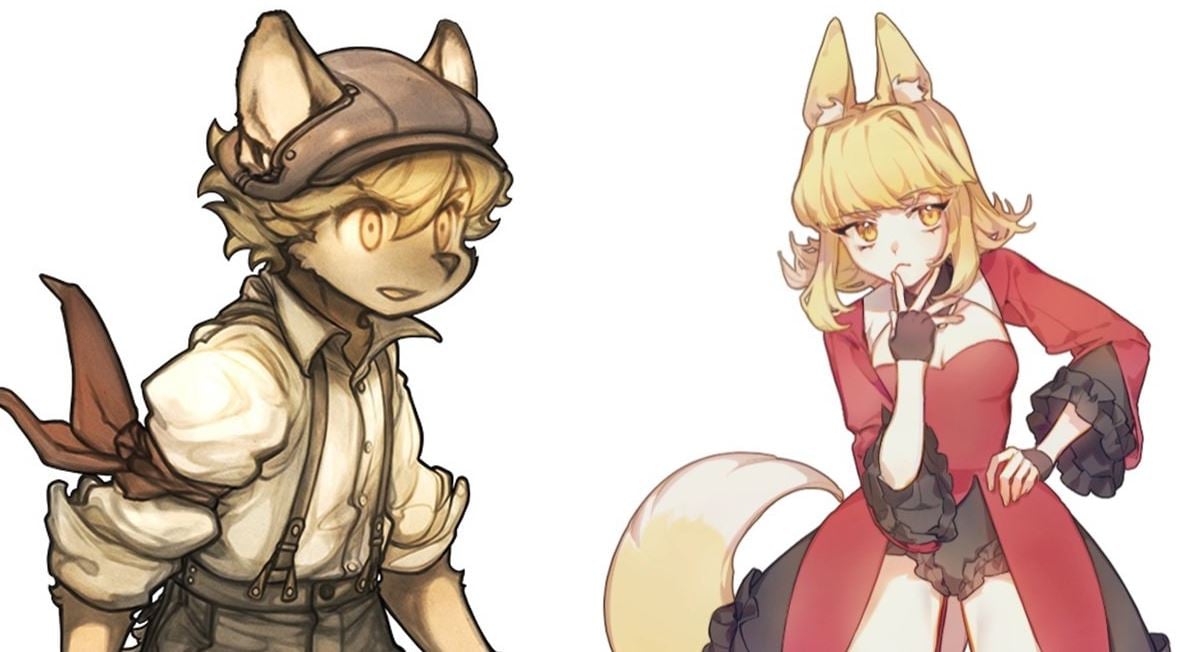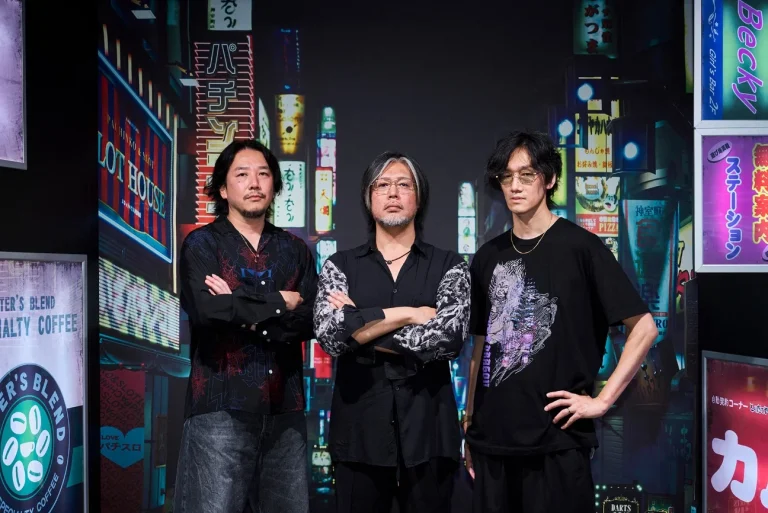Gravity Game Arise officially released the action RPG Aeruta on November 6. The game stars Chaya, a fox-eared girl leading a double life as an adventurer and a baker, and has earned a Very Positive rating on Steam with over 900 reviews. While much of the praise focuses on Aeruta’s solid action gameplay and bakery management, the cute characters with their fluffy animal ears and tails have also been a major draw.
This style of character – human-looking but sporting animal ears – is called kemomimi in Japan (shortened from kemonomimi, meaning “beast ears”), and it’s a trope you pretty much can’t go wrong with if we’re talking popularity. Hoping to explore what makes animalistic characters so appealing among game and anime fans alike, I sat down for a chat with Aeruta’s publisher Gravity Game Arise, as well as the absolute authority on everything furry – CyberConnect2, the creators of the Fuga: Melodies of Steel series.
In this interview, CyberConnect2’s CEO Hiroshi Matsuyama and Aeruta producer Lin discuss what draws them to kemomimi and furries (called “kemono” in Japanese) and why they incorporate these characters into their games.
First thing’s first, furries and kemomimi are completely different things
—To start us off, could you each introduce yourselves?
Lin:
I’m Lin, publishing producer of Aeruta at Gravity Game Arise. Thank you for having me today.
Matsuyama:
I’m Matsuyama, CEO of CyberConnect2, the studio behind the Fuga: Melodies of Steel trilogy.
—Sorry to be abrupt; I love both Fuga and Aeruta, but what exactly is the difference between furries and kemomimi?
Matsuyama & Lin:
(Awkward silence)
—It… got really tense all of a sudden. Sorry about that.
Matsuyama:
We have a very clear definition at our company. Furries and kemomimi are completely different things.
—My apologies.
Matsuyama:
Our furry designs follow certain rules. First of all, it’s essential for them to be completely covered in fur. A cute girl with just animal ears and a tail feels like cosplay compared to that. It’s totally fine to call that a kemomimi design, but calling it a furry design would be incorrect.
There’s also the muzzle, the snout that extends forward, and the paw pads. We design them based on animal anatomy, so for example, the thumbs will be further off to the side, without paw pads. Of course, If we go too far with such details, it can get a bit… you know, so we don’t. For instance, our female characters originally had six nipples, but going overboard can cause issues on various fronts, so we tone things down to a milder form.

—Wow, that certainly made the difference clear. So, that makes Aeruta’s Chaya a kemomimi, not a furry?
Lin:
Yes, Aeruta’s on the kemomimi side. That said, when she’s sleeping, she fully turns into an animal.
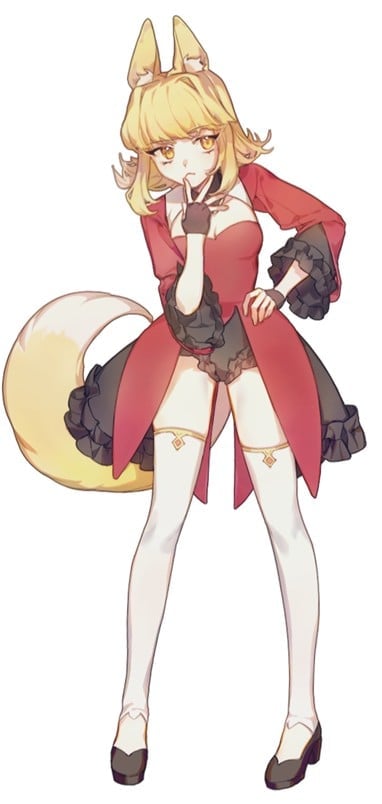
—Oh?
Matsuyama:
Right, she turns into a fox when she sleeps.
Lin:
Exactly. A very cute one too.

—That complicates things. Then, how do you refer to Chaya officially?
Lin:
That’s tricky for us, too. For now, we just call her a “fox girl.” If we said kemomimi outright, that would box her into a specific category, so we keep things vague on purpose.
—Does that not make it difficult to market the game, in terms of reaching the right fan communities?
Lin:
That’s a good question. Like Matsuyama-san said, there’s a big difference between furries and kemomimi. But at the same time, I also believe that many players don’t consciously articulate the differences. If it’s cute, they’ll embrace it.
Fans of furry characters do tend to prefer more animalistic traits like muzzles, full-body fur and the like – and I personally love those features too. On the other hand, kemomimi characters offer a more human appeal. I think Aeruta subtly conveys both kinds of cuteness.
Matsuyama:
If anything, Chaya’s transformation feels more like youkai fantasy. She’s originally a fox spirit who transforms into a beautiful human girl, but can’t quite hide her ears and tail. That’s the kind of endearing worldview I understood it to be.
Lin:
I think it also comes down to which side is the character’s true self, whether they are primarily human or beast/animal. With kemomimi, the human part dominates, and the animal traits are added as a “moe” element. In contrast, Western “furry” culture favors the animalistic side as the main focus.

—So the target audiences are completely different?
Matsuyama:
Definitely. When we say furry, we’re thinking of the characters in Sherlock Hound or, to give a more recent example, BEASTARS. Those titles fully embrace the furry worldview.
Kemomini, on the other hand, has its own appeal. They’re like different schools of thought entirely.
Everyone:
(laughs)
—That’s a good way to put it. What would you say is the appeal of furry characters?
Matsuyama:
For example, take Sherlock Hound, directed by Hayao Miyazaki about forty years ago. There was really no need to make that into a story about anthropomorphic animals. They could have just designed human characters based on the world of Sherlock Holmes, included Professor Moriarty, and made a straightforward Holmes anime.
…But ultimately, when it comes to grabbing people’s attention, having a hook is crucial. The visual impact of a dog character with a muzzle, wearing a trench coat and a hat is strikingly unique, isn’t it?
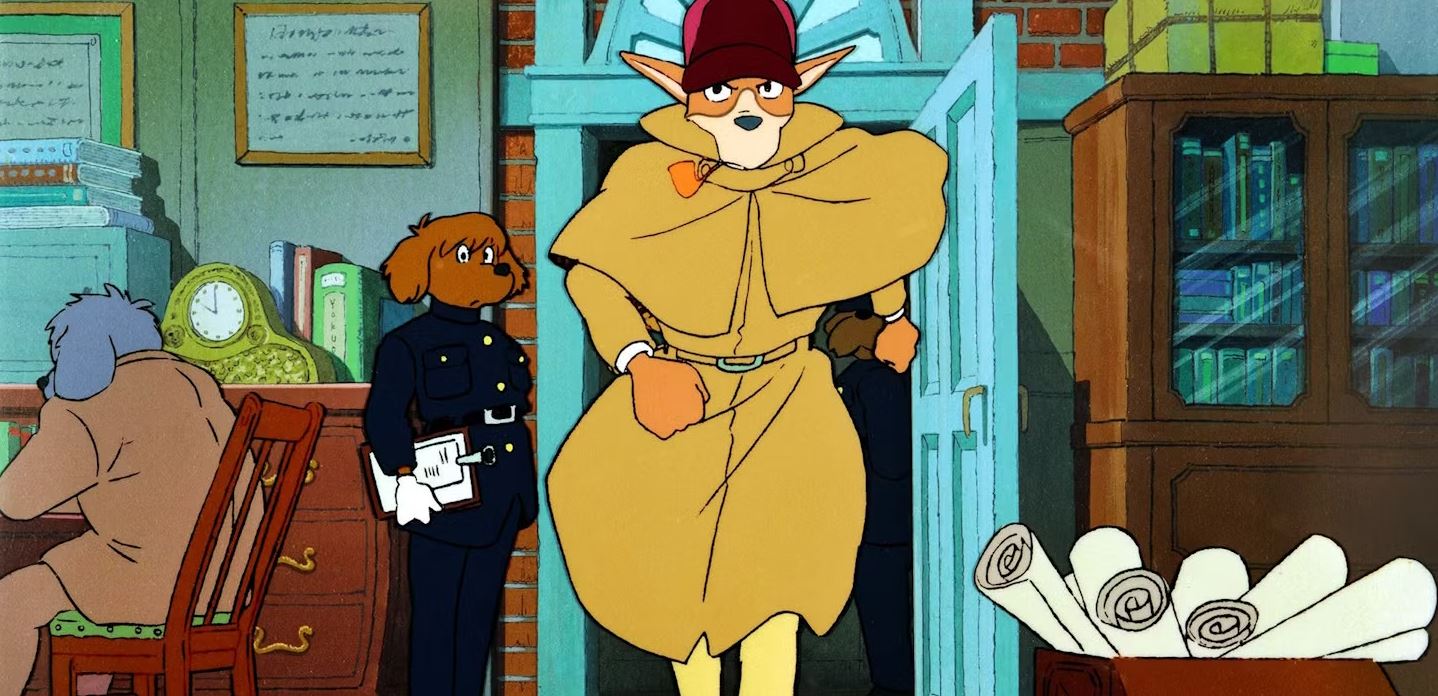
—It does leave a lasting impression.
Matsuyama:
Exactly. It’s all about making people turn their heads. But if you go too far, the audience gets put off, so it’s a matter of balance. I saw Sherlock Hound when I was a young boy, and it struck me to the core.
I remember thinking, what a wonderful way to reinterpret the story! And it wasn’t just Holmes, everyone in that world was an animal. As a kid, I was amazed, thinking, “Wait, you can do that?” I was completely captivated and couldn’t wait for each new episode. But despite being such a fantastic series, it didn’t really catch on with the general public at the time. So little me concluded that the world was wrong. The anime was just ahead of its time.
There are works that are brilliant but remain undiscovered by the world, only to become popular later, right? Even as a child, I felt Sherlock Hound was one of those, and I believed that one day the whole world would fall in love with it. But as I kept waiting, I realized there still weren’t many games or anime featuring furry characters, so I finally decided I’d take on the role of making them myself.
With the mindset of becoming the leading company in furry games, CyberConnect2 has kept at it ever since. We believe that if we keep striking the wall long enough, we’ll eventually break through. And I intend to be the one at the forefront, fists clenched tight.
—I see Sherlock Hound had quite an influence on you, Matsuyama-san.
Matsuyama:
It’s amazing, both in its art and its worldbuilding. This is just my personal opinion, but as I mentioned earlier, while it certainly has that eye-catching impact, there’s no real reason it had to be designed that way. BEASTARS, on the other hand, has a reason. The story could only be told in a world inhabited by characters who literally have claws and fangs.
The same goes for our Little Tail Bronx series. CyberConnect2’s kemono universe has clear reasoning and meaning behind it; there’s a logic that convinces our audience about why the world has to be that way.
Deep down, everyone’s a furry
—CyberConnect2 has many staff who are fond of furries, right?
Matsuyama:
Yes, everyone says they’ve always liked content with that kind of aesthetic. The reason why they like it tends to come later, it starts with a simple “I like this.” However, they all hide it at first.
—So everyone’s first instinct is to hide that they like it?
Matsuyama:
Yes, even at our company, people instinctively try to hide that side of themselves, so I think that tendency is even stronger in society at large.
That’s why we need to bring those people, the latent furry lovers, out into the open, including our fanbase. And the catalyst for forming such a community lies in the content we create and the intent behind our promotional efforts, so this is something we need to keep expanding.
—You believe that, deep down, everyone has some level of fondness for furries inside them?
Matsuyama:
That’s right.
—Does that mean even I have the potential to be a furry?
Matsuyama:
You do. Most people just haven’t realized it yet. They just don’t know how to put it into words, but when asked directly, they’d probably say, “Now that you mention it, yeah, I do kind of like that.” The reason they haven’t discovered it is that there aren’t many works like that, so they haven’t had the chance to learn about it. But ultimately, we’re all mammals. Every human being has an animal living inside their heart.
—You made that last part sound like a proverb or something.
Everyone:
(laughs)
—By the way, when it comes to your respective games, do you think players are drawn more to the gameplay, or to the kemomimi/furry character designs?
Lin:
From what I’ve seen of players’ reactions so far, I think most people are initially drawn in by the visuals and the characters. I think it’s possible many players picked up Aeruta because of the animal ears. But the ones who play for a long time or leave reviews often mention the gameplay and story, too. So even if the initial hook is the kemomimi characters, I think people end up genuinely enjoying the content of the game as well.
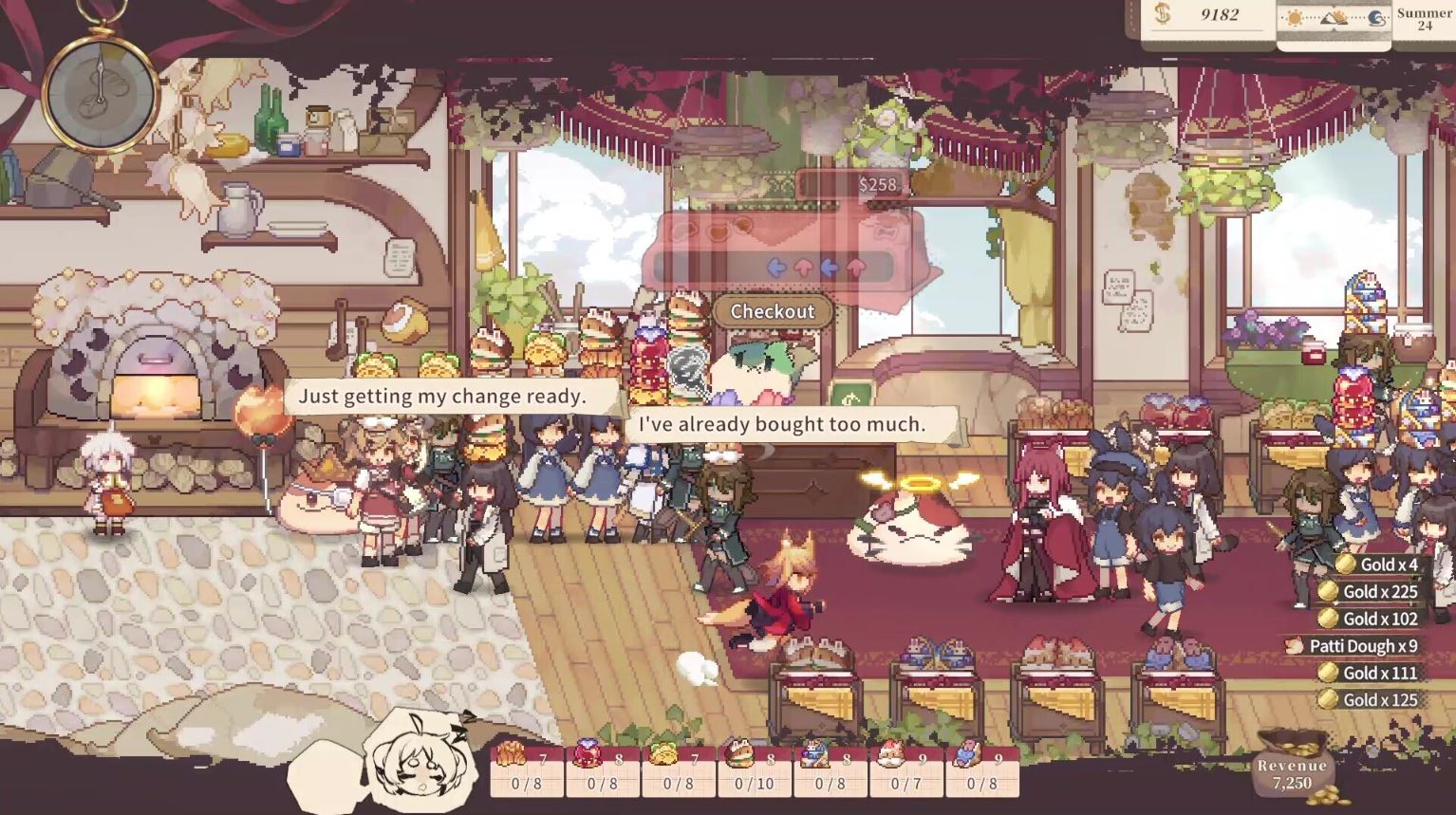
—Aeruta’s game system is quite elaborate (part roguelite action, part bakery simulator), but I get the sense that the kemomimi aspect is what has brought in such a loyal fanbase.
Lin:
We definitely felt that having kemomimi characters helped spark more people’s interest. Interestingly, at the start of development, we hadn’t even planned to include kemomimi at all. Once the core game systems were finished, we started thinking about what unique appeal we could add to make Aeruta stand out, and since everyone on the team loved kemomimi, we decided to incorporate it.
In fact, when we released the demo in January last year, there were no animal ears or tails yet. Those only appeared with the Early Access version. You could say the development team itself turned out to have a latent love for kemono.
Matsuyama:
See? I told you. Everyone has an animal living inside their heart.
—It seems to me that realizing it was okay to insert your own quirks in your work gave Aeruta a unique identity. What about you, Matsuyama-san, when it comes to Fuga, do you think players are drawn in more by the furry aspect, or by the gameplay?
Matsuyama:
At CyberConnect2, we believe that in order to create a game that truly stands out, the system, characters, and story all need to mesh together perfectly, like gears in a machine. That’s why we design all three simultaneously. We advance the script while building the system, and once the system starts taking shape, we go back and revise the script again. Because of that, I believe players are coming to our games for both sides.

—Do you think it’s a good time for developers to try making and profiting from furry or kemomimi-themed games, maybe even by adding such elements to existing projects?
Matsuyama:
I think it’s a good idea. Aeruta is practically proof of that. These days, there are countless action games and action RPGs, and plenty of cute games too. However, Aeruta not only adds animals ears, but has a protagonist that’s actually a fox, and that alone gives players a hook. So yes, creating a clear reason for players to choose your game is a perfectly valid strategy.
—But wouldn’t having more furry games out there mean more competition for you?
Matsuyama:
Not at all. If anything, it means more people who share the same passion, and more opportunities for the furry culture to spread among a wider audience. That’s absolutely a good thing.
—You almost sound like a missionary at this point.
Everyone:
(laughs)
—Lin-san, do you also think it’s worthwhile making furry or kemomimi games now?
Lin:
I absolutely think it’s a genre worth creating for. Incorporating such elements can lead to new kinds of game mechanics or new ways to tell stories. Of course, to use them effectively, you have to understand kemono and kemomimi deeply, but if done right, it can open up new creative directions for your game. That said, since some gacha games have recently started featuring furry characters, developers will need to think carefully about how to differentiate themselves. There’s a lot of potential, but it’s also a tricky element to handle well.
—It does seem like something that could backfire if just treated casually, without proper care for the culture.
Matsuyama:
But I must say, when I played Aeruta, I was honestly amazed by how entertaining the game itself is. It’s not just cute. The cycle of going on action-packed adventures and returning to run the bakery is executed at an astonishingly high level.
There are plenty of games where the different systems don’t fit together, or worse, where the core action just doesn’t feel good and isn’t fun at all. Or ones that look great visually but fall flat once you actually play them. There are plenty of games that just “don’t get it.” But Aeruta is very impressive in how polished it is. And the development team is very young, if I’m not mistaken?
Lin:
Thank you. Yes, Aeruta is the development team’s first game, so everyone working on it is quite young.
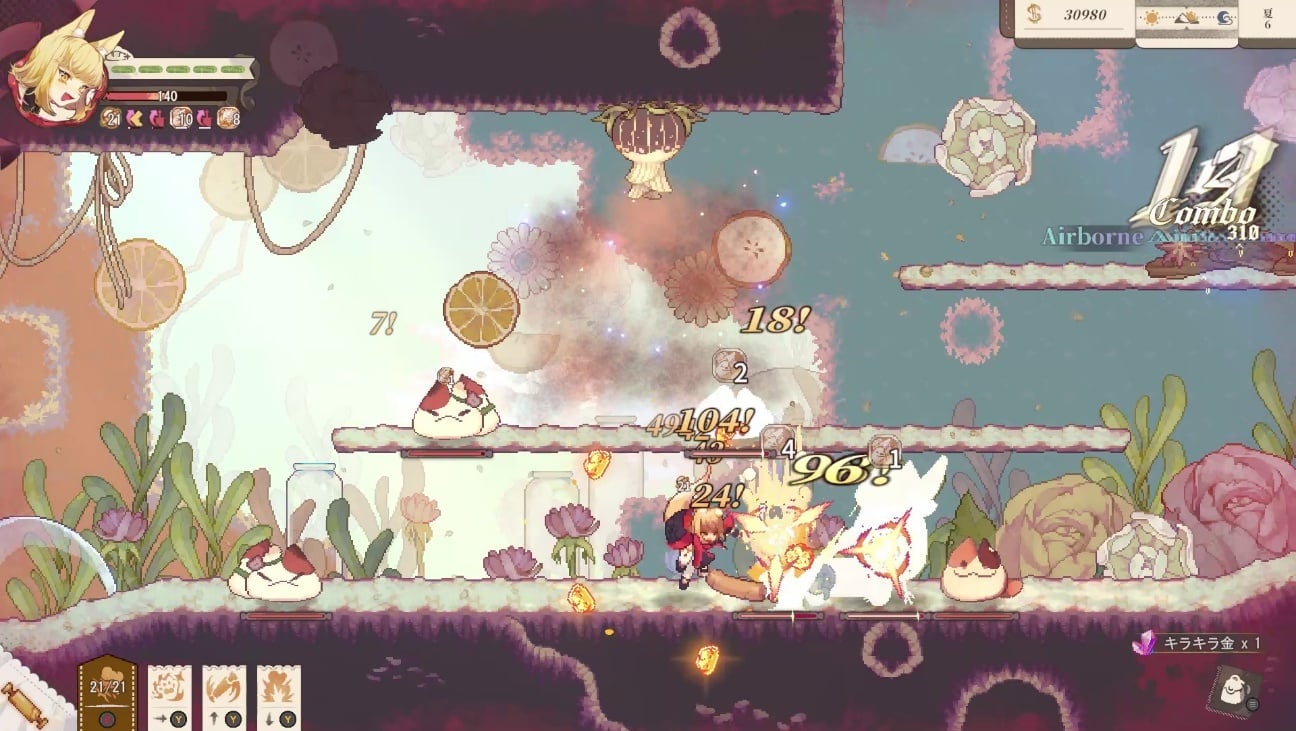
Matsuyama:
I honestly thought, “What kind of genius group is this?” It’s unbelievable. I’d actually like to ask you during this interview; how did they get to that level? Did they already have past experience making games?
Lin:
They originally started making Aeruta as their graduation project back in college. Afterward, they decided they wanted to complete and release the game for real, so they founded their own development studio. Since it’s their first full game, they’re extremely passionate about it. It’s tough in today’s industry, but they work about sixteen hours a day. If they’re not sleeping, they’re making the game.
Matsuyama:
(laughs)
Lin:
They all have a strong desire to deliver something meaningful to the world through their game. They’re constantly thinking about what they can do for players and what they can offer them. Of course, since this is their first release, there’s a lot of anxiety, too. That’s why we chose to launch it in Early Access, so they could incorporate player feedback throughout the development process.
—It stood out to me how quick Aeruta was to implement feedback all the time. The team fixed issues pointed out by players right away, and compared to the early stages of Early Access, the game has improved dramatically.
Lin:
Yes, both we (the publisher) and the developers took user opinions and suggestions very seriously. We were actively committed to building the game together with the community, and I think the speed of implementing updates was the result of that attitude.
We want Aeruta to be embraced by the furry community too
—After making a furry or kemomimi game, what’s the best way to reach the right communites and get your game noticed by them?
Matsuyama:
I actually don’t think you should lead with “This is a furry game!” People can tell just by looking, so there’s honestly no need to explicitly state that. Instead, you should focus on communicating what the furry characters inhabiting the game do in that world. If you include a clear reason or basis for why the characters are furries, people are going to love it before they know it.
At CyberConnect2, we do PR through things like stage events and merch booths at Japan Expo or Anime Expo. But the only event we specifically target for furry audiences is Anthrocon.
It’s an event with a strong concentration of furry fans, so we quietly set up our booth, hold panels, and engage directly with that community to expand our reach. In Japan, the equivalent would be Kemoket.
—Yes, you mentioned Anthrocon in a past interview with us, and many readers were surprised to see a major game creator even refer to it.
Matsuyama:
I think Anthrocon still has plenty of room to grow in both recognition and attendance. That’s exactly why we’ve continued to participate, to help nurture it together. For indie creators especially, it’s a great opportunity to get noticed, so I hope it gets the attention it deserves.

—And for Aeruta, what do you think will help broaden your fanbase?
Lin:
I don’t think there’s a single central kemomimi fan community per se. In Japan, events like Kemoket do exist, but like Anthrocon, they’re mainly for furry fans, so being a kemomini game, Aeruta might not quite resonate in the same way.
—Right, different schools of thought, as Matsuyama-san said.
Lin:
Exactly. I think presenting furry fans with just animal-eared characters would be a bit… you know. Still, I’m sure some of them will find Aeruta’s characters appealing. So it’s important for us to reach out to communities that share that sense of affinity.
—That’s true, you have to read the room, but not be afraid to reach out either. To wrap up, could you both share a message for our readers?
Matsuyama:
Thanks to everyone’s support, the Fuga: Melodies of Steel series continues to perform well, and we’re also serializing a manga adaptation which is now covering the events of Fuga 3. The manga tells a slightly different story from the games, so I hope people enjoy comparing them.
We also held a “Fuga Expo” in Fukuoka in October, and it’s heading to Tokyo in November and Osaka in December. Each stop will have events, merchandise, and autograph sessions, so please come visit if you can.
And in December, we’re holding the second Fuga live reading event, where the voice actors perform scenes from the manga on stage. That’s organized by Tri-Dia, so please look forward to all the Fuga events we have lined up for the end of the year!
— The Fuga IP is growing so quickly, I feel like it’s almost ready for an anime adaptation. And Lin-san, could we hear a final message from you as well?
Lin:
After a year and a half in Early Access, Aeruta will finally launch in its completed form on November 6. To celebrate the release, we’re holding one last sale at the Early Access price, at 20% off. If this interview sparked your interest, we’d be thrilled if you picked up Aeruta.
—Thank you both very much.
Aeruta is out now for PC (Steam). The Fuga: Melodies of Steel trilogy is available for PC (Steam), Nintendo Switch, PS5/PS4 and Xbox Series X|S/Xbox One.

